"Assassin's Creed: 10 Historical Shifts"
Ubisoft has once again activated the Animus, transporting us back to Japan’s Sengoku Period with Assassin’s Creed Shadows. The game introduces us to historical figures from 1579, including Fujibayashi Nagato, Akechi Mitsuhide, and Yasuke—the African samurai who served Oda Nobunaga. As with previous entries in the series, these characters are woven into a narrative that blends fact with fiction, creating a thrilling tale of revenge, betrayal, and murder. While Yasuke's real-life exploits are fascinating, Assassin’s Creed adds its own twist, such as the fictional scenario where he must kill opponents to gain enough XP to wield a gold-tier weapon.
Assassin’s Creed is renowned for its historical fiction genre, skillfully filling historical gaps with a science fiction conspiracy narrative about a secret society aiming to control the world using the mystical powers of a pre-human civilization. Ubisoft's dedication to crafting immersive open-world environments based on extensive research is commendable, yet it's crucial to remember these are not history lessons. The developers often alter historical facts to enhance the storytelling experience, resulting in numerous "historical inaccuracies" that add to the game's charm.
Here are ten notable instances where Assassin’s Creed has creatively rewritten history:
The Assassins vs Templars War

The conflict between the Assassins and Templars, a central theme in the series, is entirely fictional. Historically, there is no evidence that the Order of Assassins, established in 1090 AD, was ever at war with the Knights Templar, founded in 1118. Both groups existed for around 200 years and were disbanded by 1312. The only historical interaction they had was during the Crusades, and the first Assassin’s Creed game is the only one set in the correct timeframe. The idea of these groups clashing ideologically over centuries is a creative liberty taken by Ubisoft.
The Borgias and their Superpowered Pope

In Assassin’s Creed 2 and Brotherhood, the narrative focuses on Ezio's conflict with the Borgia family, portraying Cardinal Rodrigo Borgia as the Grand Master of the Templar Order and later as Pope Alexander VI. This storyline, including the quest for the magical Apple of Eden and the pope's supposed god-like powers, is entirely fictional. While the Borgias were historically controversial, their depiction as Renaissance-era villains in the game is a significant deviation from reality. Cesare Borgia, portrayed as an incestuous psychopath, lacks historical evidence to support such claims and may have been less villainous than depicted.
Machiavelli, Enemy of the Borgias

In Assassin’s Creed 2 and Brotherhood, Niccolò Machiavelli is portrayed as Ezio's ally and leader of the Italian Assassin’s Bureau. Historically, Machiavelli's political philosophies clashed with the Assassin’s Creed ethos of fighting authority. Furthermore, Machiavelli did not view the Borgias with the same disdain as depicted in the game. He saw Rodrigo Borgia as a successful con man and admired Cesare Borgia as a model ruler, serving as a diplomat in his court. Ubisoft's portrayal significantly diverges from Machiavelli's real-life relationships and views.
The Incredible Leonardo da Vinci and his Flying Machine

Assassin’s Creed 2 showcases a strong portrayal of Leonardo da Vinci's charisma and wit, but his movements in the game do not align with his actual travels. In reality, da Vinci moved from Florence to Milan in 1482, whereas the game places him in Venice in 1481 to align with Ezio's storyline. The game also brings da Vinci's engineering designs to life, including a machine gun, a tank, and a flying machine used by Ezio. While da Vinci's designs were visionary, there is no evidence that these inventions were ever built or flew, making this another creative liberty taken by Ubisoft.
The Bloody Boston Tea Party

The Boston Tea Party, a pivotal event in the American Revolution, was historically a non-violent protest. In Assassin’s Creed 3, however, protagonist Connor turns the event into a violent confrontation, killing British guards while others dump tea into the harbor. This dramatization significantly deviates from the peaceful nature of the actual protest. Additionally, the game attributes the organization of the protest to Samuel Adams, despite historians having varied opinions on his involvement, showcasing Ubisoft's use of historical ambiguity to craft its narrative.
The Lone Mohawk

Assassin’s Creed 3's protagonist, Connor, a Mohawk, fights alongside the Patriots against the British, despite the Mohawk people historically being allied with the British during the Revolutionary War. This portrayal was debated by historians due to its unlikelihood. While there were rare instances of Mohawks like Louis Cook fighting against the British, Connor's story represents Ubisoft's exploration of a "what if?" scenario, creating a narrative rich in conflict and personal struggle.
The Templar Revolution

Assassin’s Creed Unity's depiction of the French Revolution suggests a Templar conspiracy behind the events, portraying the monarchy and aristocracy as victims rather than the corrupt catalysts of the revolution. The game attributes the revolution's food crisis to a Templar scheme, whereas historically, it resulted from natural disasters. Unity also focuses heavily on the Reign of Terror, presenting it as the entirety of the revolution, rather than just one phase, oversimplifying the complex historical events.
The Controversial Killing of King Louis 16

Assassin’s Creed Unity's portrayal of King Louis 16's execution during the French Revolution suggests a close vote influenced by a Templar, whereas the actual vote was a clear majority in favor of execution. The game also softens the portrayal of the French aristocracy, neglecting to fully address the widespread anger towards them and King Louis's attempt to flee to Austria, which worsened his reputation. This is part of the game's broader tendency to simplify the causes of the revolution.
Jack the Assassin

Assassin’s Creed Syndicate reimagines Jack the Ripper as a rogue Assassin attempting to take over the London Brotherhood. Historically, Jack the Ripper was a brutal serial killer in 1888 London. The game's narrative, where Jack trained under Jacob Frye and turned the Brotherhood into a criminal gang, is a classic example of Ubisoft's approach to historical fiction, filling in gaps with imaginative storytelling.
The Assassination of the Tyrant Julius Caesar

Assassin’s Creed Origins reinterprets the well-documented assassination of Julius Caesar, portraying him as a proto-Templar whose death prevents global terror. The game alters the Roman Forum's design and the events leading to Caesar's Senate visit. Interestingly, Caesar's in-game adversaries fight for land redistribution, a policy the real Caesar supported. The game's depiction of Cleopatra as a "dead tyrant's whore" contrasts with Caesar's popularity among Romans. His assassination historically led to the Liberators' Civil War and the rise of the Roman Empire, undermining the game's narrative of it being a victory against tyranny.
The Assassin’s Creed series meticulously crafts historically inspired worlds, but as seen, these are often more fiction than fact. This is perfectly acceptable, as the series is historical fiction, not a documentary. It's just a video game, after all. What are your favorite instances of Assassin’s Creed bending the truth? Share your thoughts in the comments below.
-
1

GTA 6 Set for Fall 2025 Release, CEO Confirms
Apr 03,2025
-
2

First ALGS in Asia Emerges in Japan
Jan 19,2025
-
3

Roblox: CrossBlox Codes (January 2025)
Mar 04,2025
-
4
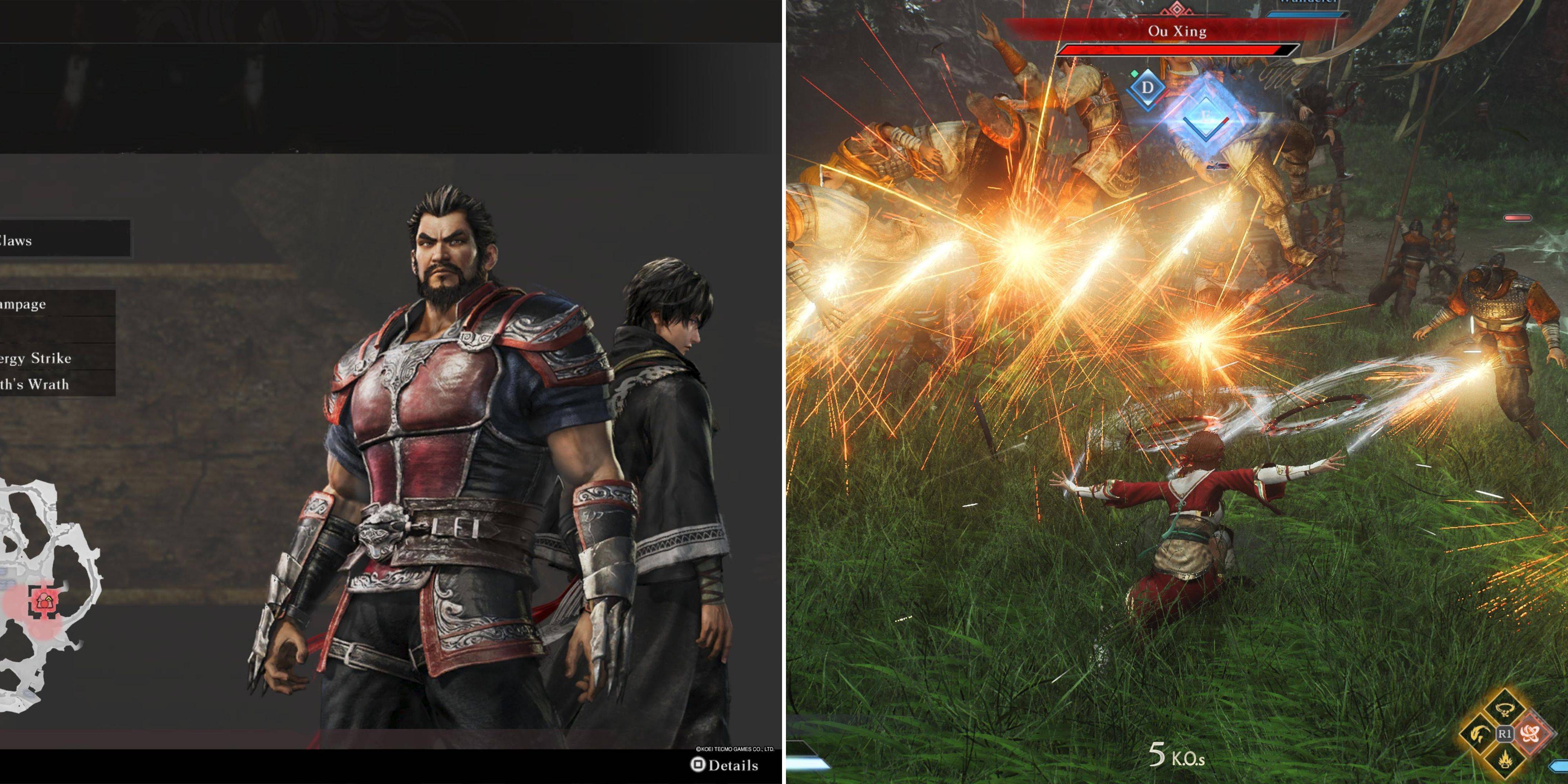
Introducing the Ultimate Guide to Seamless Character Swapping in Dynasty Warriors: Origins
Feb 25,2025
-
5

Cute mobs in Minecraft: pink pigs and why they are needed
Mar 06,2025
-
6
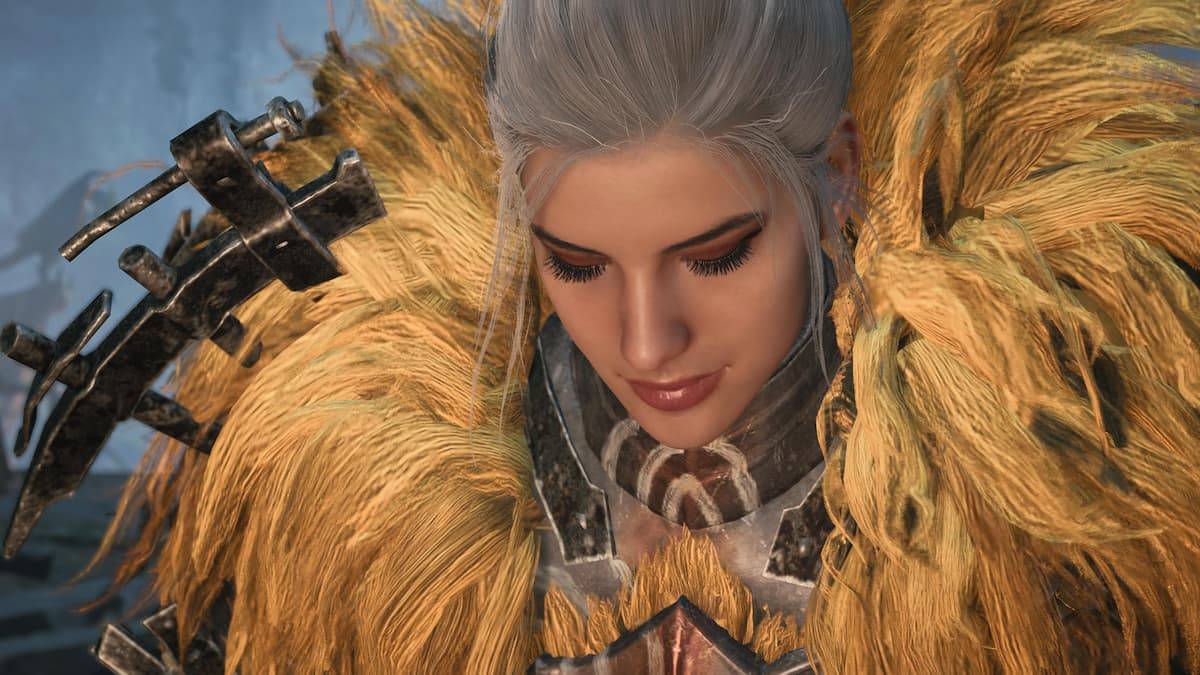
Max Hunter Rank in Monster Hunter Wilds: Tips to Increase
Apr 04,2025
-
7
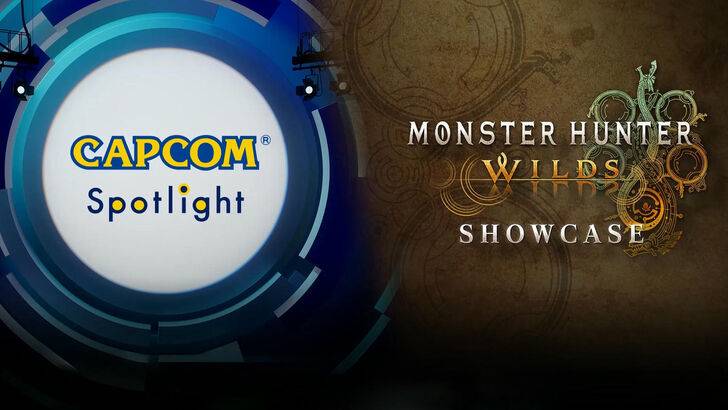
Capcom Spotlight Feb 2025 Showcases Monster Hunter Wilds, Onimusha and More
Apr 01,2025
-
8
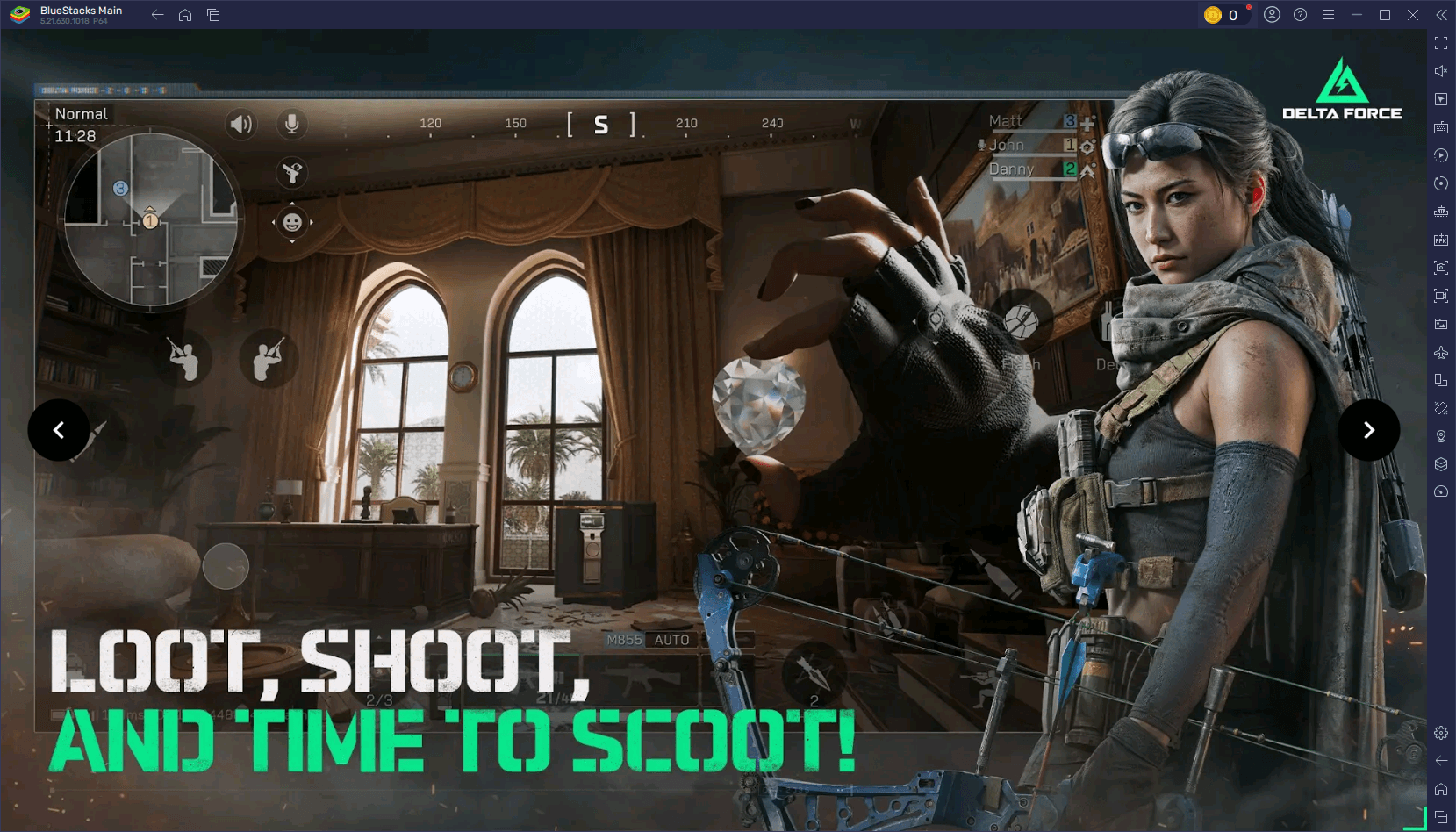
Delta Force Mobile: Beginner's Guide to Getting Started
Apr 23,2025
-
9
![Roblox Forsaken Characters Tier List [UPDATED] (2025)](https://img.jdzca.com/uploads/18/17380116246797f3e8a8a39.jpg)
Roblox Forsaken Characters Tier List [UPDATED] (2025)
Mar 05,2025
-
10
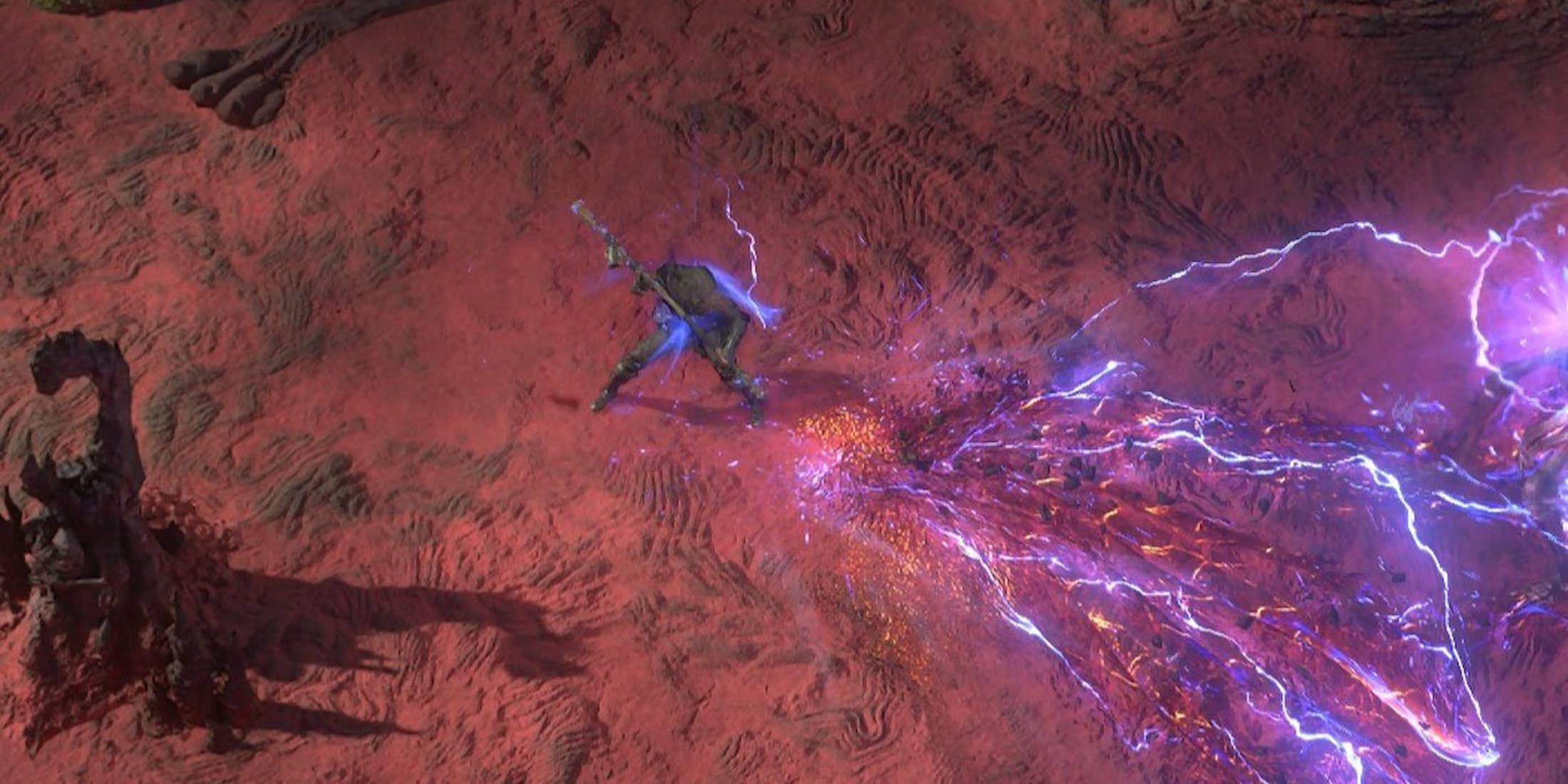
Power Charges in Path of Exile 2: Explained
Apr 03,2025
-
Download

Portrait Sketch
Photography / 37.12M
Update: Dec 17,2024
-
Download

Friendship with Benefits
Casual / 150.32M
Update: Dec 13,2024
-
Download
![[NSFW 18+] Sissy Trainer](https://img.jdzca.com/uploads/16/1719638919667f9b874d57e.png)
[NSFW 18+] Sissy Trainer
Casual / 36.00M
Update: Dec 11,2024
-
4
F.I.L.F. 2
-
5
슬롯 마카오 카지노 - 정말 재미나는 리얼 슬롯머신
-
6
Shuffles by Pinterest
-
7
Pocket Touch Simulation! for
-
8
Life with a College Girl
-
9
Chubby Story [v1.4.2] (Localizations)
-
10
Hunter Akuna














